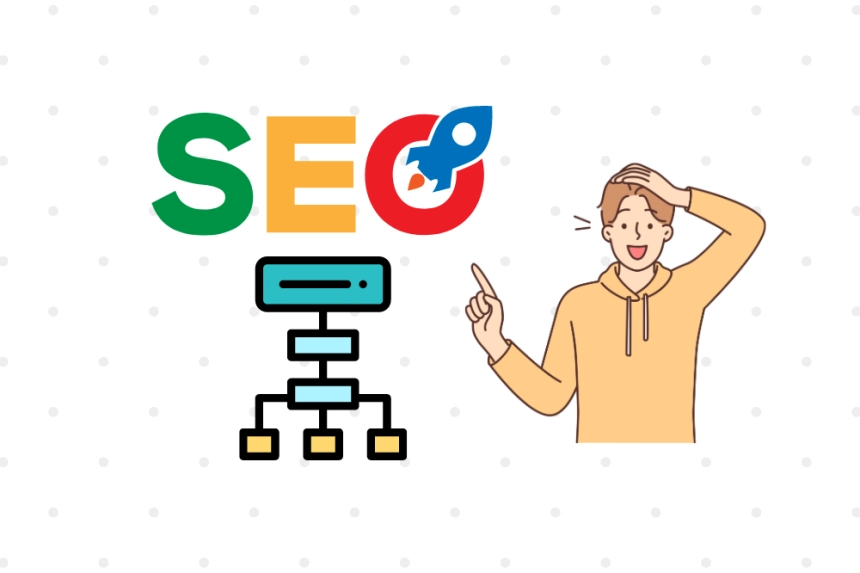What is Semantic SEO and How It Affects Your Positioning in Google


In the world of digital marketing and search engine optimization, SEO (Search Engine Optimization) plays a crucial role in the visibility of websites. One of the emerging areas of this discipline is semantic SEO, which focuses on understanding the context and meaning behind the words and phrases that users use when searching for information. In this article, we will explore what semantic SEO is, how it works, and its impact on Google rankings.
What is Semantic SEO?
Semantic SEO refers to the practice of optimizing a website's content not only for specific keywords but also for the meaning and intent behind those words. Instead of focusing solely on text matches, semantic SEO aims to understand the context and relationships between the terms used in searches.
Importance of Context and Search Intent
The goal of semantic SEO is to align content with the user's search intent. This means that, instead of simply including keywords in the content, one must consider:
- What type of information is the user looking for?
- What need or problem are they trying to solve?
- What related terms could help satisfy that need?
For example, if a user searches for "best Italian restaurants," semantic SEO will not only focus on the word "restaurants," but also on understanding that the user is looking for recommendations, reviews, and perhaps the location of those establishments.
How Does Semantic SEO Work?
To understand how semantic SEO works, it's essential to consider how search engines, particularly Google, have evolved over the years. With the introduction of technologies such as natural language processing (NLP) and machine learning, Google has drastically improved its ability to understand web content and the intent behind searches.
Content Structure
Content optimized for semantic SEO should be well-structured. This includes:
- Use of headers (H1, H2, H3): To organize the content and make it more readable.
- Lists and tables: To present information clearly and quickly.
- Proper use of semantic keywords: Including synonyms and related phrases.
Example of Structure
h1 What is Semantic SEO and How it Affects Your Google Ranking
h2 Introduction
h3 Definition of Semantic SEO
h3 Importance of Context
h2 How Semantic SEO Works
h3 Natural Language Processing in Google
h3 Content Structure
Impact of Semantic SEO on Ranking
Semantic SEO has a direct impact on how websites are ranked in search results. Below, we will explore some of the most significant effects:
Improved Relevance
When implemented correctly, semantic SEO ensures that the content is more relevant to users' searches. This not only means that the website is more likely to rank on the first page of results, but it can also help attract higher-quality traffic.
Increased Click-Through Rate
A site optimized for semantic SEO tends to have a higher click-through rate (CTR). This is because users will find the content more aligned with their intentions, encouraging them to click on the link. Google also considers CTR as a ranking factor, meaning a high CTR can result in a better position in the results.
Strategies to Implement Semantic SEO
Keyword Research
Start by conducting thorough keyword research that includes not only primary terms but also semantic and related variants. Tools like Google Keyword Planner, Ahrefs, or SEMrush can be helpful.
Creating Quality Content
It is essential to create content that is not only relevant but also engaging and useful for users. Make sure to tackle the topic from multiple angles and provide valuable information that answers the questions users may have.
On-Page Optimization
In addition to using a good structure, optimize each page on your website using meta descriptions, optimized titles, and alt tags for images. All of this contributes to better understanding of the content by Google.
Conclusions
Semantic SEO has become an integral part of any search engine optimization strategy. By understanding and implementing this concept, you can significantly improve your website's visibility and meet the needs of your users. The key is to create content that is relevant and useful, aligning your SEO efforts with user intent.
By focusing on semantic SEO, you will not only increase your chances of ranking higher on Google, but you will also provide a better experience for your visitors, which is essential in today's digital world.






